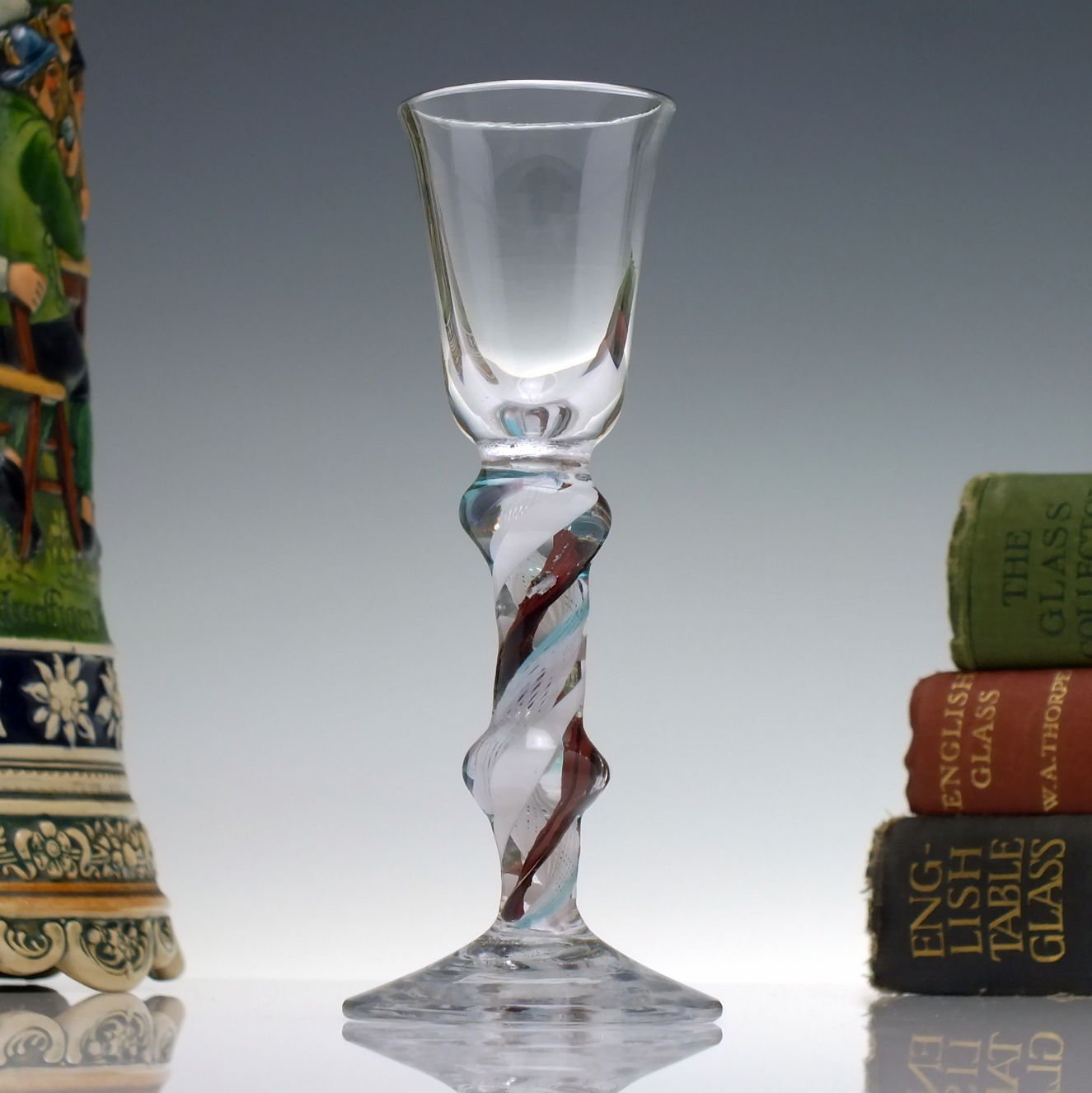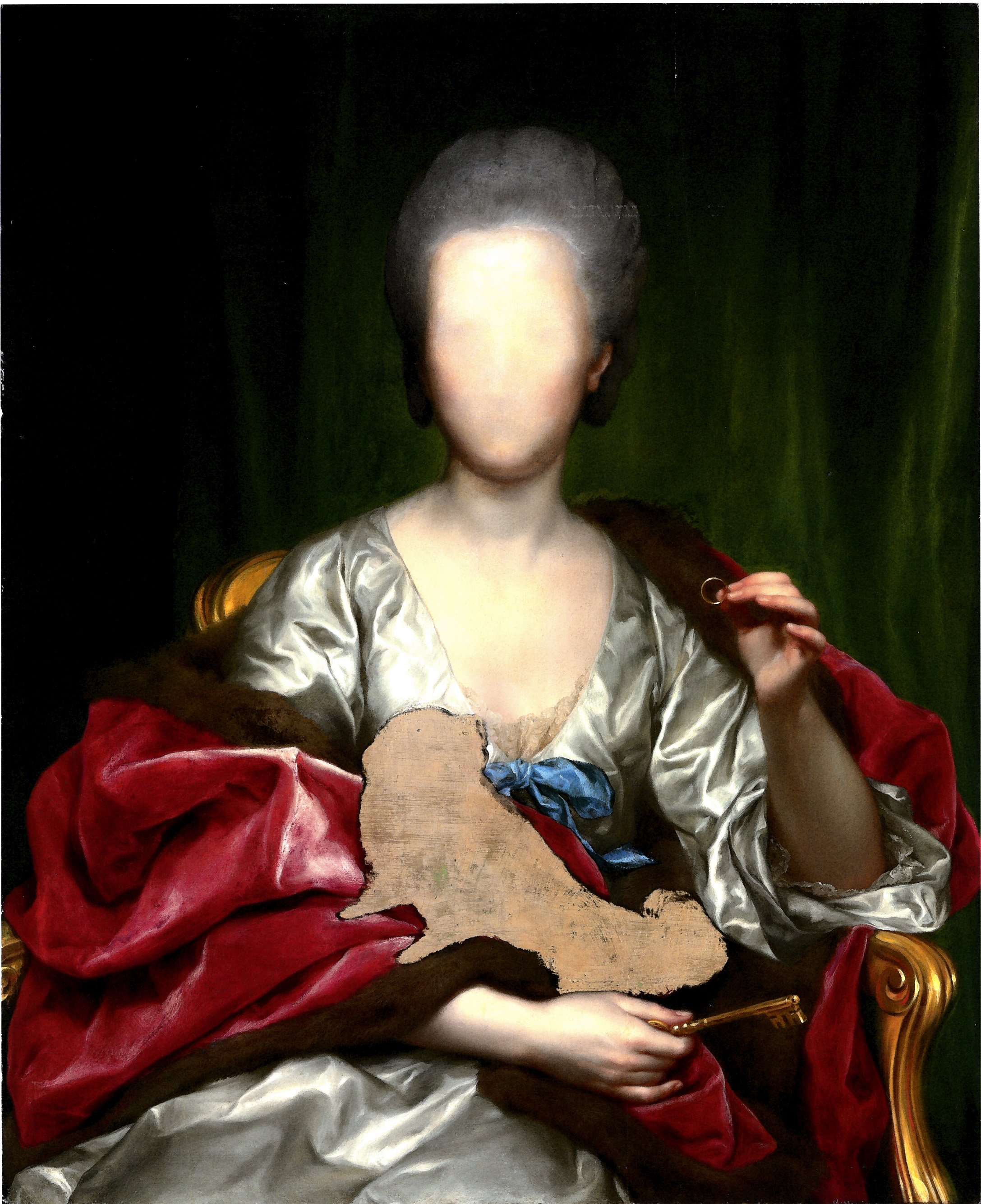The Sex Factor
28 October 2021
When is erotic art too sexy to sell?
Poppy McKenzie Smith
Poppy McKenzie Smith writes for The Telegraph about old, fast cars and spends most of her time at auctions encouraging other people to buy them. In 2018, she was involved in the sale of a 1961 Aston Martin which became the most expensive British car ever sold in Europe.
Venus de Milo, marble statue thought to be of Aphrodite, from Melos, c. 150 BCE; in the Louvre, Paris.
Louvre Museum, Public domain, via Wikimedia Commons.
Michelangelo’s David, the Venus de Milo and Le Déjeuner sur l’herbe are all undoubtedly masterpieces. All three were also all considered too racy for my school’s delicate filtering system on account of the amount of flesh on display – the same system decreed Titian too naughty to google due to the first three letters of his name.
Prudish software aside, few would consider the aforementioned oeuvres to be pornographic. All three are displayed in the most prestigious galleries in the world, and children are encouraged to appreciate the rather generous craftsmanship rather than avert their eyes. But would the same open-mouthed admiration be encouraged if the object were a photograph of a nude model by Man Ray? As an artist, he is lauded as a genius and exalted by critics, but it would be unusual to see some of his topless photographs in a sixth form art classroom, much to teenage pupils’ chagrin. Both they and the Venus de Milo show the same amount of breast(s), but one is undoubtedly considered more risqué than the other.
So where does one draw the line between overtly sexual content and art, or is it as blurred as a Pissarro? Does the age of a piece diminish its explicitness? Is a photograph intrinsically more erotic than a painting? Can a piece of furniture be sexy, or does it depend on what one does upon or beneath it? Perhaps more pertinently, what value does eroticism add or indeed detract from a collectors’ piece?
The oldest known example of titillating art is the Ain Sakhri Lovers which were discovered outside Bethlehem. They are believed to have been carved 11,000 years ago, proving that the naked human form and its various erotic poses have appeared in art of all forms throughout the centuries. While the small stone carving does not appear particularly scandalous now, age does not necessarily diminish the sensual appeal of an oeuvre. Some 17th century examples of shunga, a type of Japanese art typically in woodblock print, would make the most committed lothario blush despite their 400 years of age. Their highly explicit nature does not appear to deter collectors, with fine examples from the Edo period often achieving thousands of pounds at auction – an album of twelve small Shunga portraits recently achieved more than fifty times their £1,000-1,500 estimate at Christie’s. Interestingly, one must declare one’s willingness to view explicit content before accessing the online sale listing, yet they are considered fine art and have very much penetrated, as it were, the general Asian art auction scene.
They also appear in more specialised sales which are cropping up in the auction calendar. Sotheby’s pioneered the fashion for ‘adult’ art with their Erotic: Passion & Desire sale in 2017, and Bonhams recently curated a sale celebrating the Male Form during Pride Week. The sales include everything from delicate bronzes and to rather more overtly phallic tables and Roman amulets. In both sales, the items achieving the highest prices were far from the most risqué - an elegant marble sculpture from Jacques Loysel destroyed its £120,000-180,000 estimate when it sold for more than £1,800,000 and a blocky, almost industrial piece by Gormley reached £320,750. The rest of the Top 10 was populated by legendary artists such as Picasso, Schiele and Klimt, suggesting that collectors were swayed by big names rather than big packages.
A group of six Roman bronze phallic amulets, sold for £ 1,147 at Bonhams in June 2021.
Image courtesy of Bonhams.
That’s not to say that the lewder items were not used to draw the bidders in. There is something delightfully contradictory about seeing the artistic equivalent of a centrefold hanging in the hushed halls of an auction house, usually reserved for discreet conversations between urbane specialists and moustachioed collectors. Matthew Haley, curator of the Male Form sale, admits to having had fun with the curation process with the intention of getting both the press and bidders talking. Eros’ delicate marble bottom both adorned the front cover of the catalogue and greeted visitors to the preview posterior-first. The head honchos at Bonhams were pleasingly liberal in their approach to what the sale could and couldn’t contain. “They gave us carte blanche in many ways, though it did lead to some interesting conversations,” admits Haley. “I asked if we could include items which showed male arousal, and they were happy to do so provided the artistic integrity wasn’t compromised.” It would appear that things really are on the up at Bonhams.
It is difficult, however, to draw a clear line between what is erotic art and what is just plain rude. Pieces attached to a very well known name have little to prove - no gallery or auction house in its right mind would turn down a Picasso sketch simply for including a penis – but what of the lesser-known artists who have turned to their own blue period? Are viewers more inclined to consider sexual imagery as gratuitous if they do not already know the genius of its creator and their other, perhaps tamer works? If this is the case, then it is surely artistic snobbery at work. If the aim of art is to entertain, to provoke and to move, then each piece should be judged on its own merit rather than relying on former works or the fame of its creator. Unfortunately, the cult of celebrity is all-encompassing and even the supposedly free-wheeling art world is beholden to big names. Just as Balenciaga can get away with designing a £1,600 IKEA bag, Jeff Koons can create a billboard of coital exploits with his wife , call it art, and laugh all the way to the bank. Fame can’t buy happiness, but it can buy a lot of slack.
Yet these seemingly garish items exist because a buyer exists for them and therefore must gain something from them, even if others cannot fathom their meaning. They are an exercise in pushing buttons while undoing them. They challenge boundaries , which is surely the intention of art. What one chooses to hang on the wall or place on a bookshelf is, and should always remain, a personal choice. Taste is subjective, albeit subject to the whims of celebrity at times, and it is a dangerous game to begin to censor or disparage works of art simply because they do not conform to a personal preference or one’s own cultural morality.
Art and creative works narrate humanity’s volatile, mercurial existence throughout history, an existence that would quite literally cease without sex. To that end, why should it not be celebrated in all of its garish and grubby glory? Perhaps some of it is just best kept on display in the bedroom.



























